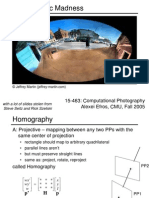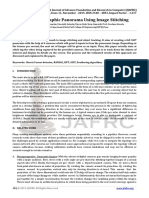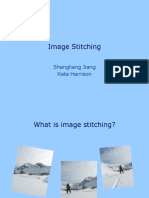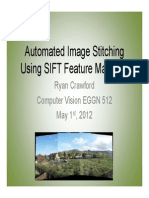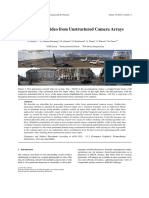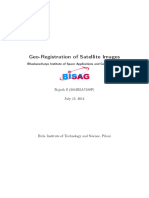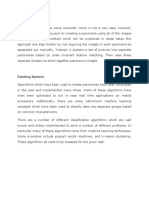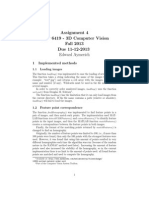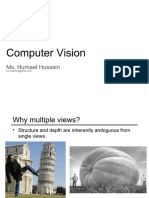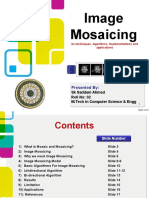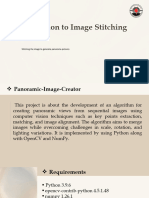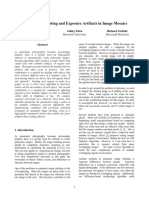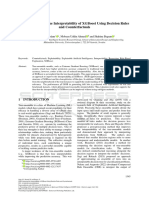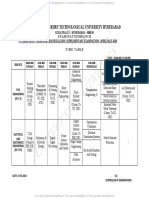0% found this document useful (0 votes)
15 views6 pagesCV Unit-5
The document discusses various motion models used for image registration and alignment, including 2D transformations, planar perspective models, and 3D camera rotations. It highlights techniques for image stitching, gap closing, and the use of cylindrical coordinates, as well as methods for recognizing panoramas and optimizing image alignment through bundle adjustment. Additionally, it addresses challenges such as parallax removal and compositing to create seamless final images from multiple inputs.
Uploaded by
INDIAN TECHINGCopyright
© © All Rights Reserved
We take content rights seriously. If you suspect this is your content, claim it here.
Available Formats
Download as PDF, TXT or read online on Scribd
0% found this document useful (0 votes)
15 views6 pagesCV Unit-5
The document discusses various motion models used for image registration and alignment, including 2D transformations, planar perspective models, and 3D camera rotations. It highlights techniques for image stitching, gap closing, and the use of cylindrical coordinates, as well as methods for recognizing panoramas and optimizing image alignment through bundle adjustment. Additionally, it addresses challenges such as parallax removal and compositing to create seamless final images from multiple inputs.
Uploaded by
INDIAN TECHINGCopyright
© © All Rights Reserved
We take content rights seriously. If you suspect this is your content, claim it here.
Available Formats
Download as PDF, TXT or read online on Scribd
/ 6









